My intro to screen printing by Ed Rowlands
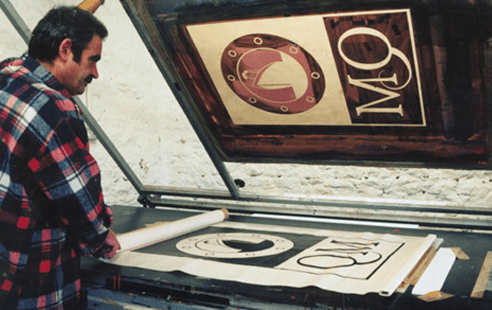
It all started in a place called MODERN POSTERS in Dock Street DUNDEE. There was only one other similar business in the town called Bruce & Copestick Poster Writers. They were a smaller firm compared to the modern. I was amazed at the versatility of screen-printing, I always wanted to be a water colour artist, but when I got involved in screen-printing I was hooked. In Dundee there were 27 picture houses, the modern & the other company produced the hand written posters between them. Other products were show cards handwritten or screen printed.
We also printed p.v.c covers (for the N.C.R.) printed in gold pvc ink, 6,000 on a Tuesday and 6,000 on Thursdays – a big job as before they were sewed to fit a cash register. The size of the bags were around 40”x40” so you could imagine it was a large handling operation for the 3”x1” screen-print in the centre. Another interesting job was the petrol pump plates, which were curved on the face, we had to make a curved screen to comply with the radius of the plate. This is why screen-printing is so fascinating you did not know what job was ahead of you. A customer asked for a print onto glass for ‘gaming machines’ (usually supplied by the gaming machine company). He was a local business man and was getting charged a lot of money for getting prints 20 sets off with 4 colours, reverse glass prints on his machines. We were able to do the job at a quarter of the price, which not only pleased the customer, but he asked why can you do it cheaper? Our answer. We had the time & the experience, but most of all the pleasure.
I would like to introduce you to my experiences in the preparation & production of screen-printing. First and most important part is the stencil.
In the early sixties we had very basic stencil methods e.g. for poster work we used a paper stencil, hand cut with a tiny swivel knife blade some of the cut letters were as small as 5mm. The stencil paper was covered in gum with a release paper backing, once cut you ironed the stencil onto the mesh with a damp cloth, after a few minutes you peeled the backing off…carefully then you left with the cut letters open to take the ink.
Indirect photo stencils were introduced later made by contacting your opaque positive image to a light sensitive film which is then exposed to an ultra violet bulb for a few minutes, it is then washed out by spraying water over it, once completely clear it is then attached to the mesh. It is dried with a heater, and then the backing is removed leaving the image open. (Taking care not to overheat. which resulted in a crispy stencil) which was unusable
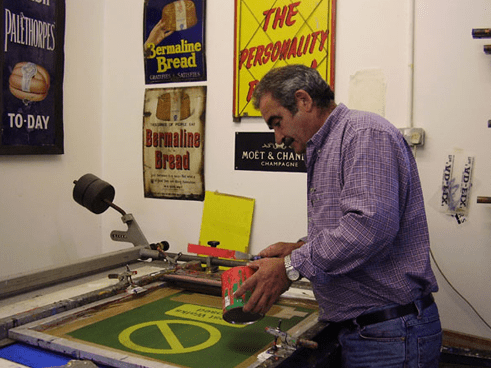
Direct light sensitive emulsion photo stencils are made by coating the mesh with the emulsion onto both sides with a trough. Then when its completely dry you then expose the opaque image to the screen using the ultra violet bulb (times vary depending on the strength of the bulb) when exposed spray out making sure the lettering is all washed out. Then dry it off.
To me this is the most practical stencil giving good results.
The bench or table, to which you attach the screen frame, should be of the highest quality, if not there is more chance of movement with the screen.
Professional tables have very good clamps to hold the frame which are adjustable, and can take any size of relating to the area of the bench.
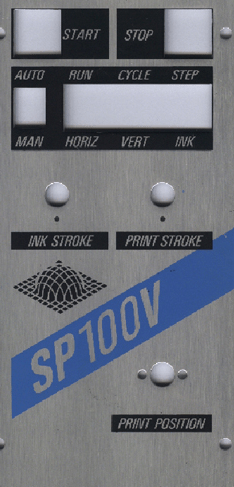
Furthermore, another important issue these benches have a locking system, so when the screen comes down to the printing bed it is held into position with the locking system. These vary depending on the manufacturer. The one I have is a flat piece of metal, which is welded into the clamping frame, which locks into two wheels on the printing bed. These wheels are adjustable so that you can contact the wheels onto the metal, so that there is no movement at all. The least movement….the better registration, especially if you are printing more than one colour. The printing bed must be totally flat, and the surface is usually a laminate or made of aluminium, which is then covered in tiny holes 20mm apart, this allows for the vacuum suction to hold the printing substrate down during printing.
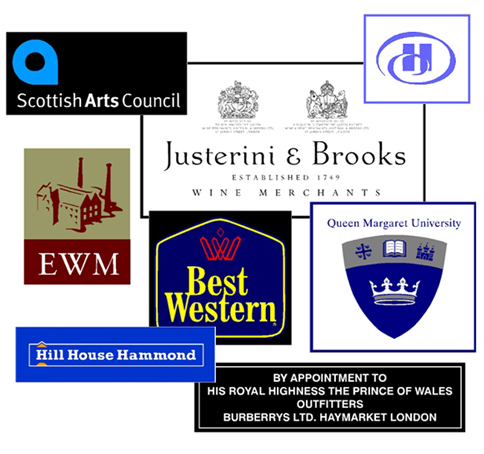
The screen frame
First of all you need a good quality mesh for your frame, cheaper meshes don’t last as long. Mesh counts vary from about 34-180 which means the number of threads per cm
The lower the number the wider the mesh. For example: garment printing you need a heavy print to apply on cloth the mesh count for that would be about 55. For very fine half tone printing 120-150 is recommended.
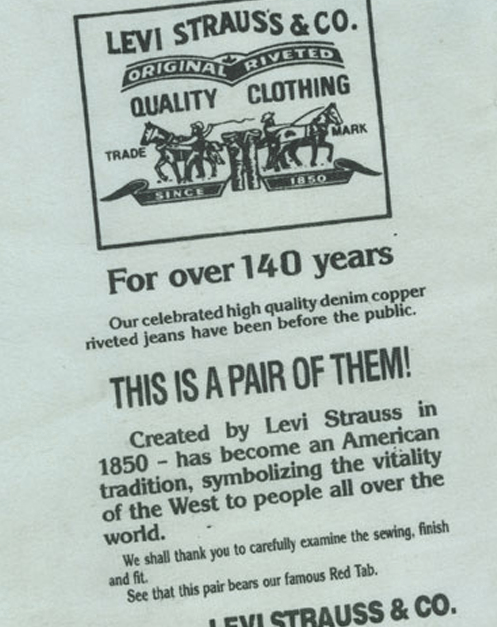
Another important point, the mesh should be very tight, the tighter the mesh the sharper the print. A slack mesh printed fast causes the ink to tuck under the stencil causing a bleed. When you are in high production you cannot afford for this to happen, otherwise you will be stopping and cleaning your stencil.
To stop ink drying up there are a few options
1. thinning the ink as much as possible
2. adding retarder (extra slow)
3. fast printing
4. flooding drawing the ink back over the stencil before printing
The right balance from your mesh ink & speed is only accomplished through trial & error. These days the quality of these products allows you to complete the job properly.
Inks
Regarding inks, there is a vast range of them for different materials.
Here are a few examples
Vinyl inks are used for-pvc polycarbonate polyester most plastics. Producing labels stickers banners toys sports bags vacuum formed displays plastic bottles etc.
Oil based film inks…for paper board etc
2 pack catalytic inks is for bonding onto most metals, which after printing is then heated to a specified temperature then left to cool giving a very tough deposit. Perfect for machine parts and metal signage.
There is also another special ink to bond to fluted polyolefin sheet, used mostly to produce estate boards
Water based textile inks are used for garment printing onto t-shirts sweatshirts and most cotton garments
UV curing inks are expensive but very versatile, printing onto most substrates, the drying process is fast, the inks contain resins which cross link when they are exposed to U.V. radiation lamps
I thought I would put you in the right direction regarding some aspects of screen-printing; most people are unaware of its wide capabilities, especially in the vast advertising industry.
Screen-printing now fulfils its status as an international industry and a creative art



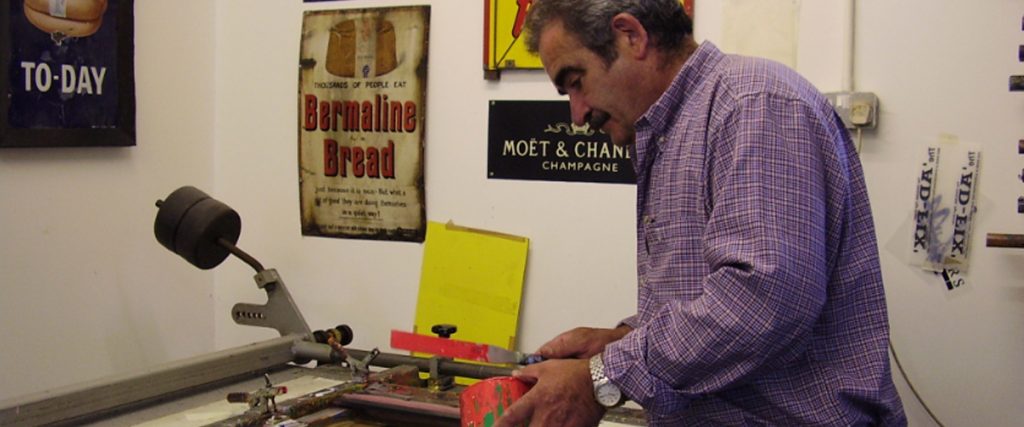
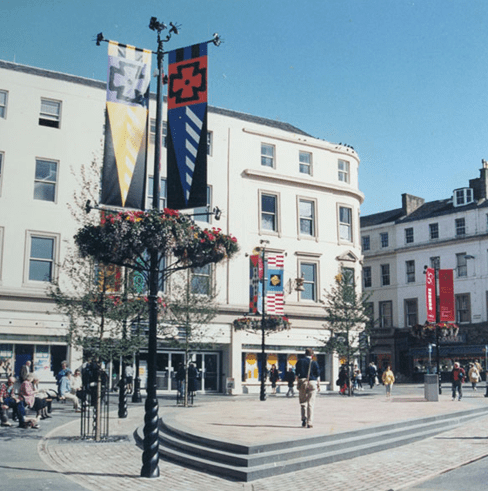
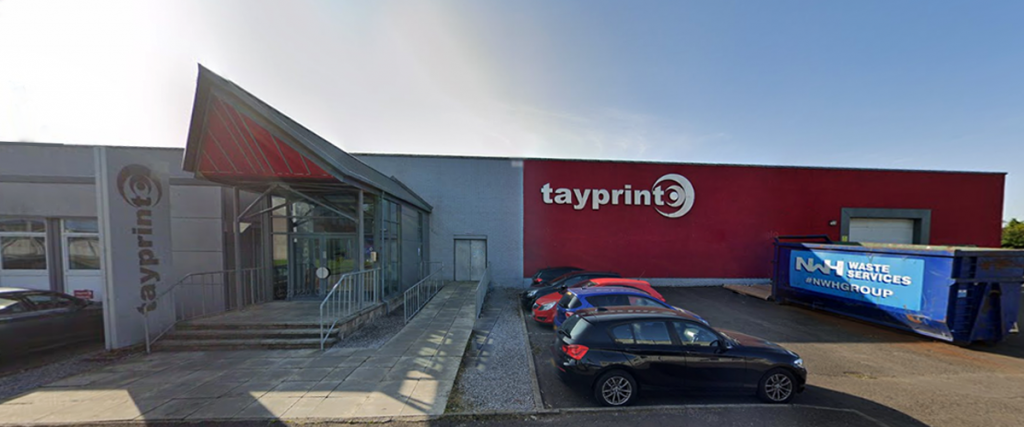
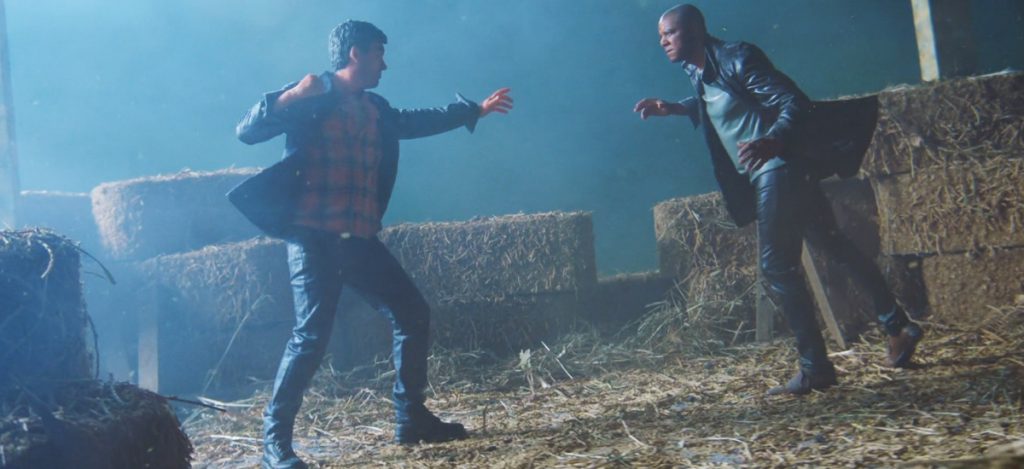
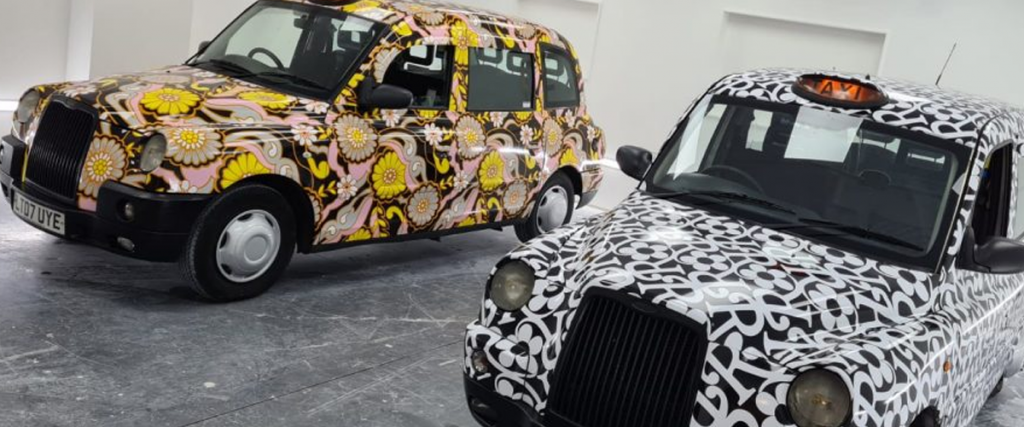
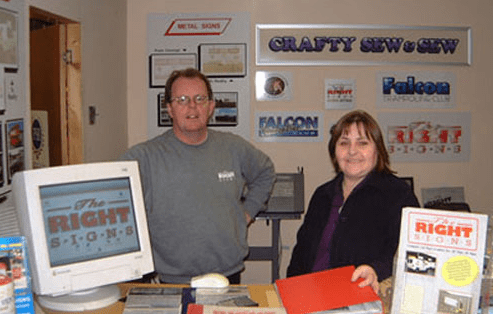
Responses